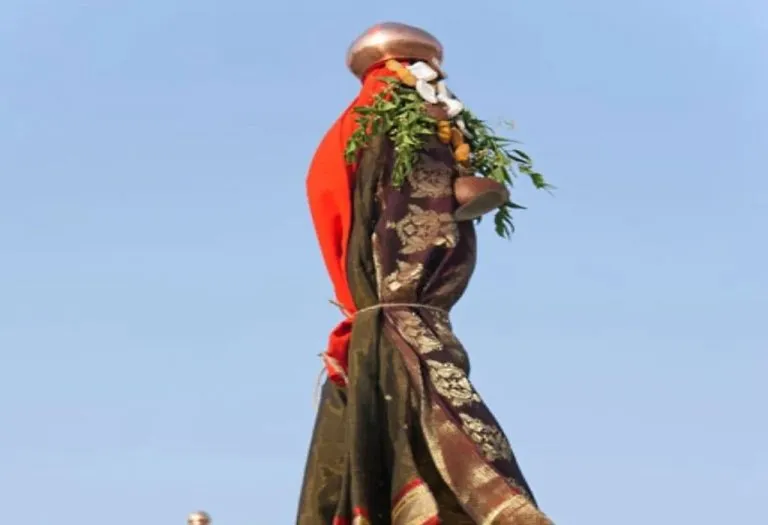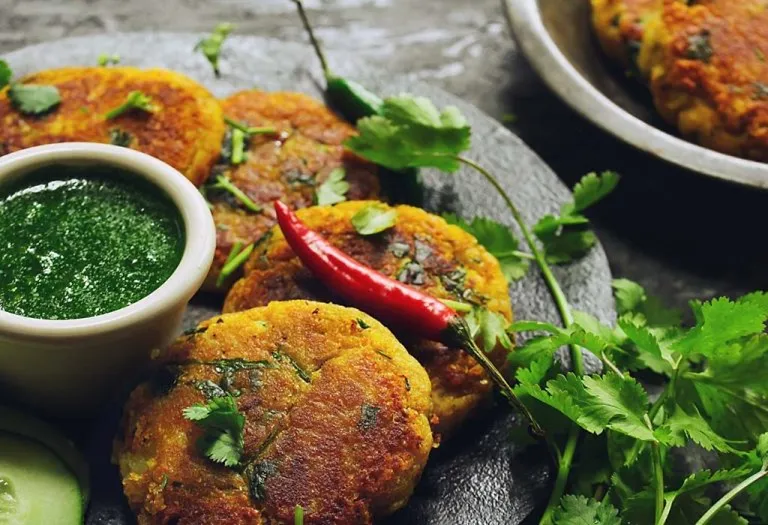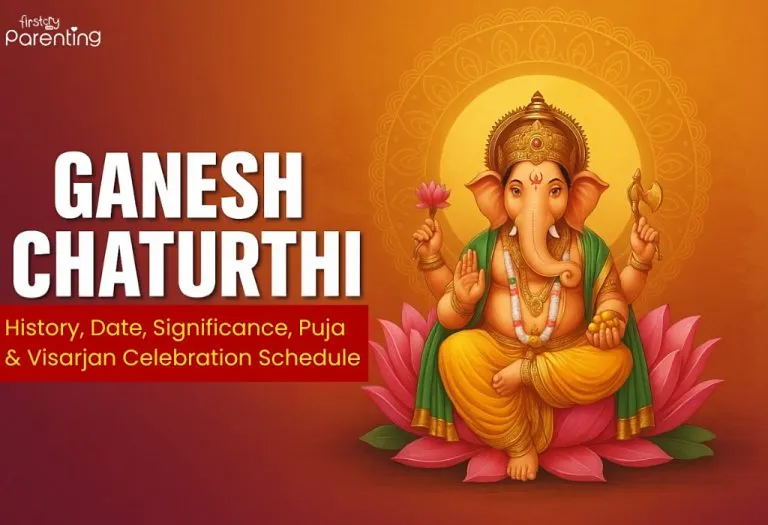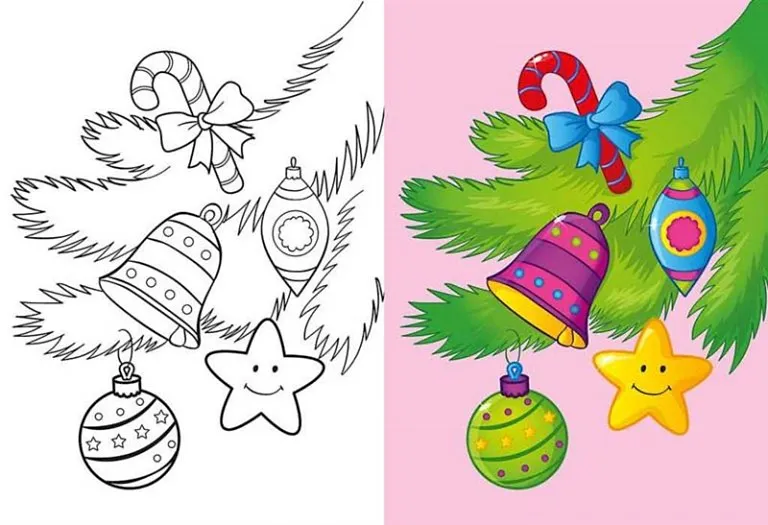Gudi Padwa 2025 : History, Significance and Celebration
Celebrations are the very essence of India, and festivals are the most prospective way for Indians to connect, given their inherent jovial mood. Regardless of what part of India you are in, you can be amazed by an endlessly long list of some predominant and less significant festivals that can be celebrated. Gudi Padwa has a special mention in this list!
Gudi Padwa, which appears during March-April according to the Gregorian calendar, is understood to be the first day of the Hindu calendar month Chaitra. However, that is just the beginning of its significance. The Gudi Padwa significance goes beyond marking the New Year—it is deeply rooted in tradition, prosperity, and spiritual beliefs. The festival also has fascinating Gudi Padwa stories associated with it, including the legendary victories and historical importance of the celebration. To truly understand its origins, one must explore the Gudi Padwa history, which traces back to ancient times, making it a festival of great cultural and historical value.
History of Gudi Padwa
Just as all other festivals, Gudi Padwa marks many prehistoric incidences to underline its significance. Mythology calls it a day when Lord Brahma recreated the world after deluge or the Pralaya. So this day symbolizes the beginning of the calendar and initiation of Sat-yuga. This is such an auspicious day to begin something fresh that you don’t even have to ask an astrologist. It is that rare occasion when every moment of the day is a fateful “Muhurt”. Some noteworthy events about Gudi Padwa need a special mention here.
- Matsya, one of Lord Vishnu’sten incarnations or avatars, got shaped on this day. He got into this avatar to protect the earth from deluge – the Pralaya. This mythological legend somewhat resembles with Noah’s Ark.
- The day also signifies the killing of Vaali – the cruel king of Monkey Empire. In Ramayana, Lord Rama saved the kindhearted Sugreev from his unkind brother Vaali and ended evil.
- The period of March-April is also the conclusion of Rabi crop season, and evidently a new crop season begins, namely the dulcet mango season. Gudi Padwa has long been commemorated as the harvest festival too.
Significance of Gudi Padwa
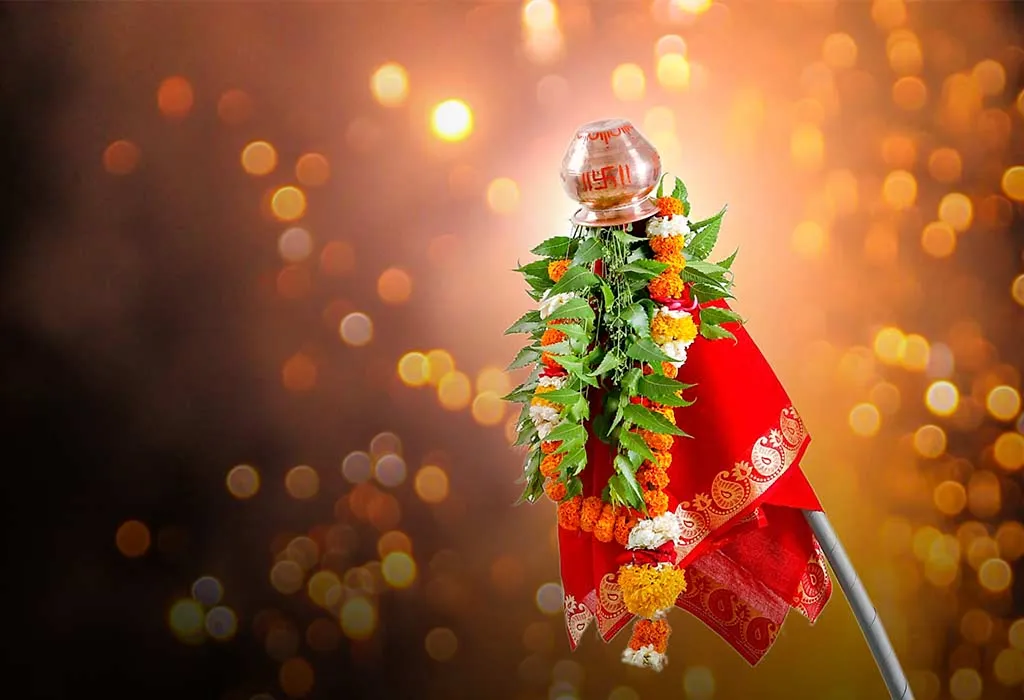
Gudi Padwa is a significant festival that marks the beginning of the Marathi New Year and the arrival of spring. Celebrated on the first day of the Hindu lunisolar calendar’s Chaitra month, it is believed to bring prosperity, happiness, and success. The festival holds great cultural and spiritual importance, as it is associated with Lord Brahma, who is said to have created the universe on this day.
One of the most iconic traditions of Gudi Padwa is the hoisting of the Gudi—a beautifully decorated bamboo stick with a bright cloth, neem leaves, mango leaves, a garland, and an inverted silver or copper pot on top. The Gudi is believed to symbolize victory and ward off evil, bringing good fortune to the household.
Gudi padwa celebration is associate with the legendary victory of Lord Rama over Ravana, as well as the coronation of the great Maratha warrior Chhatrapati Shivaji Maharaj. The festival is a reminder of new beginnings, resilience, and gratitude, making it one of the most cherished celebrations in Maharashtra.
Decoration Of Gudi
The Gudi, a symbol of prosperity and good fortune, is traditionally decorated in a manner that symbolizes auspiciousness and abundance, especially during the festival of Gudi Padwa. A long bamboo stick, the Gudi is wrapped in vibrant fabrics such as silk or cotton cloth, often in shades of red, orange, yellow, or green, representing happiness, energy, prosperity, and growth. Marigold flowers and mango leaves, known for their auspiciousness, are commonly used to embellish the Gudi, along with garlands made of fresh flowers. At the pinnacle of the bamboo stick rests a copper or silver pot, known as a Kalash, filled with holy water or milk and adorned with mango leaves and a coconut. The coconut, symbolizing prosperity and fertility, is reminiscent of the head of Lord Shiva. Flags, streamers, and other auspicious symbols may also be attached to the Gudi, creating a vibrant and festive display.
How Do We Celebrate Gudi Padwa?
Gudi Padwa is a special festival that marks the beginning of the Hindu New Year in Maharashtra. People celebrate it with joy by following various traditions and customs that bring happiness and positivity.
1. Hoisting the Gudi
The most important part of the celebration is raising the Gudi, a symbol of victory and good luck. The Gudi is made using a bamboo stick, covered with a bright silk cloth, decorated with neem and mango leaves, and topped with an inverted silver or copper pot. It is placed outside homes to bring prosperity and protect from evil.
2. Cleaning and Decorating Homes
People start the day by cleaning their homes to welcome new beginnings. They create beautiful rangoli at the entrance and decorate their houses with flowers and garlands.
3. Special Prayers and Worship
Families wake up early, take a holy bath, and offer prayers to God for happiness and success in the coming year. Many also visit temples to seek blessings. The Gudi itself is worshipped as a symbol of divine protection and fortune.
4. Wearing Traditional Clothes
On this day, people wear traditional outfits. Women dress in sarees (often nauvari sarees) and men wear kurta-pyjama with a saffron turban (pheta). Some places even have processions with music and dance to celebrate the occasion.
5. Enjoying Festive Food
Gudi Padwa is incomplete without delicious food! Families prepare traditional dishes, such as:
- Puran Poli – A sweet flatbread filled with jaggery and lentils
- Shrikhand – A creamy yogurt dessert flavored with saffron and cardamom
- Aamras – A sweet mango puree
- Kothimbir Vadi – A crispy snack made with coriander and gram flour
6. Sharing Gudi Padwa Wishes
People exchange Happy Gudi Padwa wishes with family and friends to spread joy and positivity. They pray for a prosperous and happy year ahead.
Precisely, Gudi Padwa holds numerous implications including mythological, historical, scientificand religious,and that is the reason it lists amongst the major Indian festivals like Holi, Dussehara and Diwali. It is a holiday in some states of India like Maharashtra and Karnataka, but it continues to be celebrated all through the nation for its multifarious significance.
Also Read:
Rangoli Designs for Gudi Padwa
Celebrate Gudi Padwa with your Family
Gudi Padwa (Ugadi) Special Dishes With Recipes
Was This Article Helpful?
Parenting is a huge responsibility, for you as a caregiver, but also for us as a parenting content platform. We understand that and take our responsibility of creating credible content seriously. FirstCry Parenting articles are written and published only after extensive research using factually sound references to deliver quality content that is accurate, validated by experts, and completely reliable. To understand how we go about creating content that is credible, read our editorial policy here.






